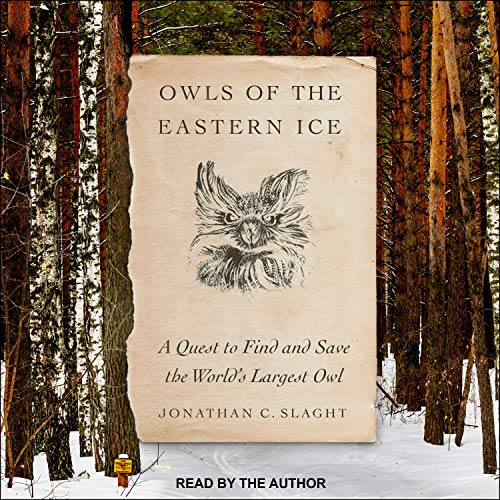

At the heart of Slaght's story are the fish owls themselves: cunning hunters, devoted parents, singers of eerie duets, and survivors in a harsh and shrinking habitat.

This quest sends them on all-night monitoring missions in freezing tents, mad dashes across thawing rivers, and free-climbs up rotting trees to check nests for precious eggs. And so, as Slaght and his devoted team set out to locate the owls, they aim to craft a conservation plan that helps ensure the species' survival.

They are easiest to find in winter, when their tracks mark the snowy banks of the rivers where they feed. That first sighting set his calling as a scientist.ĭespite a wingspan of six feet and a height of more than two feet, the Blakiston's fish owl is highly elusive. In normal, non-COVID times, Slaght spends about three months a year in Russia and elsewhere in eastern Asia, where he helps to develop and support avian conservation programs. Soon he was on a five-year journey, searching for this enormous, enigmatic creature in the lush, remote forests of Eastern Russia. Slaght and his field team study the elusive owls in the remote forests of the Russian Far East. He snapped a quick photo and shared it with experts. Bigger than any owl he knew, it looked like a small bear with decorative feathers. Slaght had a chance encounter with one of the most mysterious birds on Earth. When he was just a fledgling birdwatcher, Jonathan C. A field scientist and conservationist tracks the elusive Blakiston's fish owl in the forbidding reaches of Eastern Russia.


 0 kommentar(er)
0 kommentar(er)
